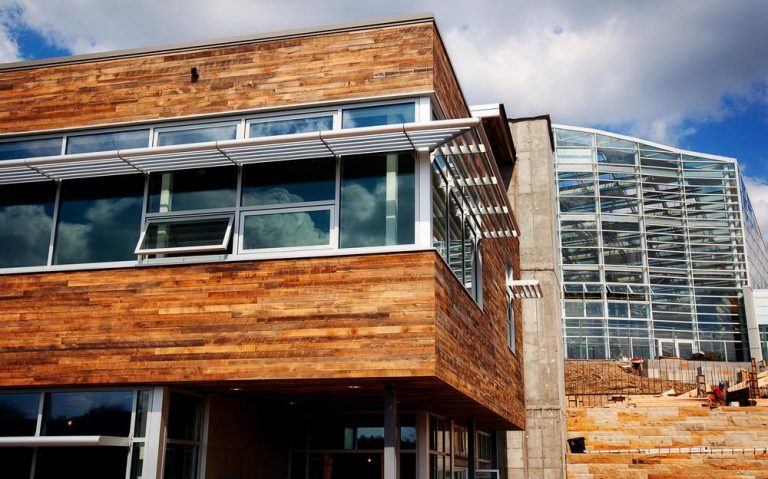An interesting take on what it takes to become a leading green architecture firm: The American Institute for Architecture Committee on the Environment found “common traits” among those that have won multiple AIA COTE Top Ten Awards.
From an AIA summary on the study:
For over 20 years the AIA COTE Top Ten Awards have recognized architecture firms who have completed projects that employ the latest innovations in sustainable design to create the highest performance buildings. Studying these firms reveals several common traits related to their specialization, size, location, staff, and age. These findings support the idea that there is a connection between great, sustainable projects and overall firm excellence.
Of the 130 architecture firms that have received at least one COTE Top Ten Award, 29 have done so more than once and 17 have three or more times. Of those receiving more than three COTE Top Ten Awards, 59 percent have also been recognized as AIA Firm Award recipients, the AIA’s highest award given to architecture firms.
According to the report these high-performance firms have the following traits:
- unanimous signing of the AIA 2030 Commitment
- significantly high project performance for energy, water, and other metrics
- energy modeling, daylighting modeling, and post-occupancy evaluations as standard practice
- geographic concentration (47 percent on the West Coast)
- medium size (average staff number of 75)
- a high percentage of women in staff (46 percent) and leadership positions (34 percent)
- low staff turnover (under 10 percent)
- a high percentage of staff with LEED accreditation (48 percent)
One of the authors of the study, well-known architect Lance Hosey of Harley Ellis Devereaux, described the study in more detail in Architect Magazine.
“The most important differentiators for these high-performance firms may be their cultures,” Hosey wrote. “They have a strong vision and shared set of values and cultivate a diverse community of collaborators who are empowered to think broadly and speak openly. A 2010 study into what motivates employees in design firms found that the four most important factors are positive working conditions, organizational support, clarity of the design process, and recognition of effort.”
You can also download the full report here.


